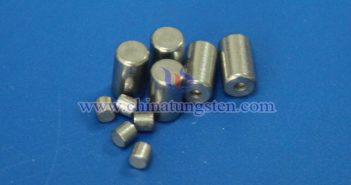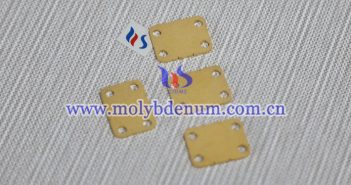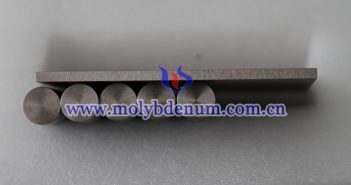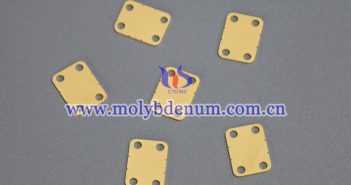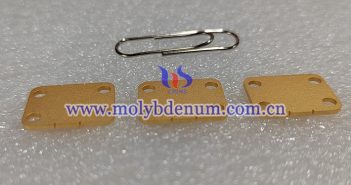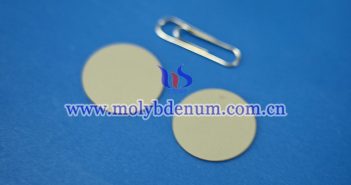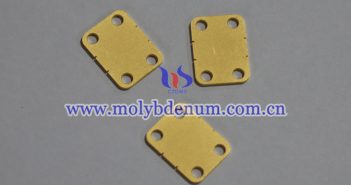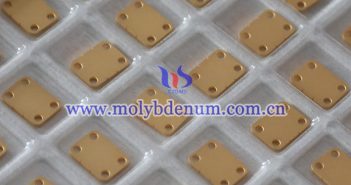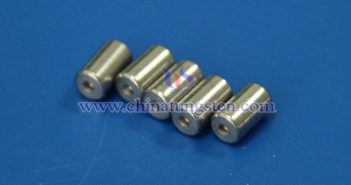
As a high-performance composite electrode material, barium tungsten electrodes exhibit extensive application value in multiple industrial fields due to their advantages of low work function, high current density, and long lifespan. I. Lighting Field: Key Material for Special Light Sources 1. HID Lamps (High-Intensity Discharge Lamps) The low work function characteristic of barium tungsten electrodes significantly enhances light efficiency and stability, making them preferred materials for road lighting and industrial lighting. Compared with rare earth tungsten electrodes, they are more…

